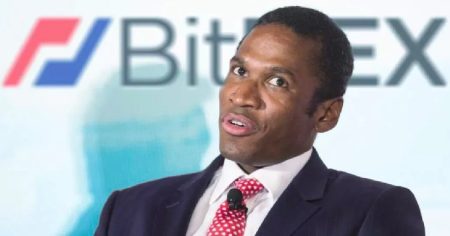In the rapidly evolving sports media landscape, professional teams in the NBA, NHL, and MLB face a daunting challenge as traditional cable deals crumble. A prime example is the Utah Jazz, which recently lost its long-standing local broadcast partner, AT&T SportsNet Rocky Mountain. In search of alternative solutions, the team became an early adopter of direct-to-consumer streaming, launching Jazz+, with the help of the streaming technology company Kiswe. This trend, dubbed the “stream and beam” model, signals a significant shift in how fans access games and how teams monetize their content.
As many teams across professional leagues grapple with similar situations, they find themselves suddenly in control of their digital rights, leading to an intense scramble for viable streaming options. The Jazz, despite only garnering around 21,159 subscribers in its first year of Jazz+, is part of a larger movement where teams are forced to rely on tech providers like Kiswe, Viewlift, and others as potential roadmaps for success. These companies are keen to fill the gap left by failing regional sports networks (RSNs) and are racing to partner with teams looking for new revenue streams amidst the unraveling of traditional broadcast agreements.
While popular tech giants like Apple and Amazon have yet to dive into this arena fully, smaller companies are witnessing significant opportunities for growth. Kiswe, co-founded by industry veterans, aims to capitalize on various partnerships, showcasing a portfolio that includes collaborations with multiple NBA teams. However, even with these promising ventures, the financial reality remains stark; revenue generated from streaming services pales in comparison to what teams earned under previous cable agreements. The Jazz’s estimated $3 million from subscriptions starkly contrasts with the estimated $25 million received from their former cable network.
The promise of streaming lies not just in direct revenue but in creating a deeper fan connection through first-party data collection. By understanding subscriber preferences, teams can better serve their audiences and tap into ancillary revenue opportunities, even though the financial advantages remain unclear. Experts note that while teams may not soon recoup their past earnings from regional sports networks, the potential to engage larger fan bases could yield significant gains in merchandise sales, ticket revenues, and advertising—if executed correctly.
In this dynamic media landscape, Kiswe’s innovative strategies are met with competition from firms like Viewlift, which operates on a different pricing model. Viewlift’s approach allows teams to retain all revenue generated from streaming without initial guarantees, arguing that long-term sustainability lies in owning this emerging media space. As leagues adapt to this new landscape, both firms recognize the importance of partnership and flexibility in building successful streaming services.
Looking ahead, uncertainty looms over the streaming model’s viability as league commissioners express interest in national streaming products that could simplify rights management but may marginalize tech partners. Additionally, the looming presence of major tech companies considering sports streaming deals complicates the picture, especially as traditional cable networks like Diamond Sports Group seek a renaissance following bankruptcy. The next few years will be pivotal in determining whether “stream and beam” will become the new norm or if it is merely a temporary fix for an industry in flux. Teams, tech partners, and leagues alike are faced with navigating this new era, with the potential for profound implications on how sports are consumed and monetized in the future.















